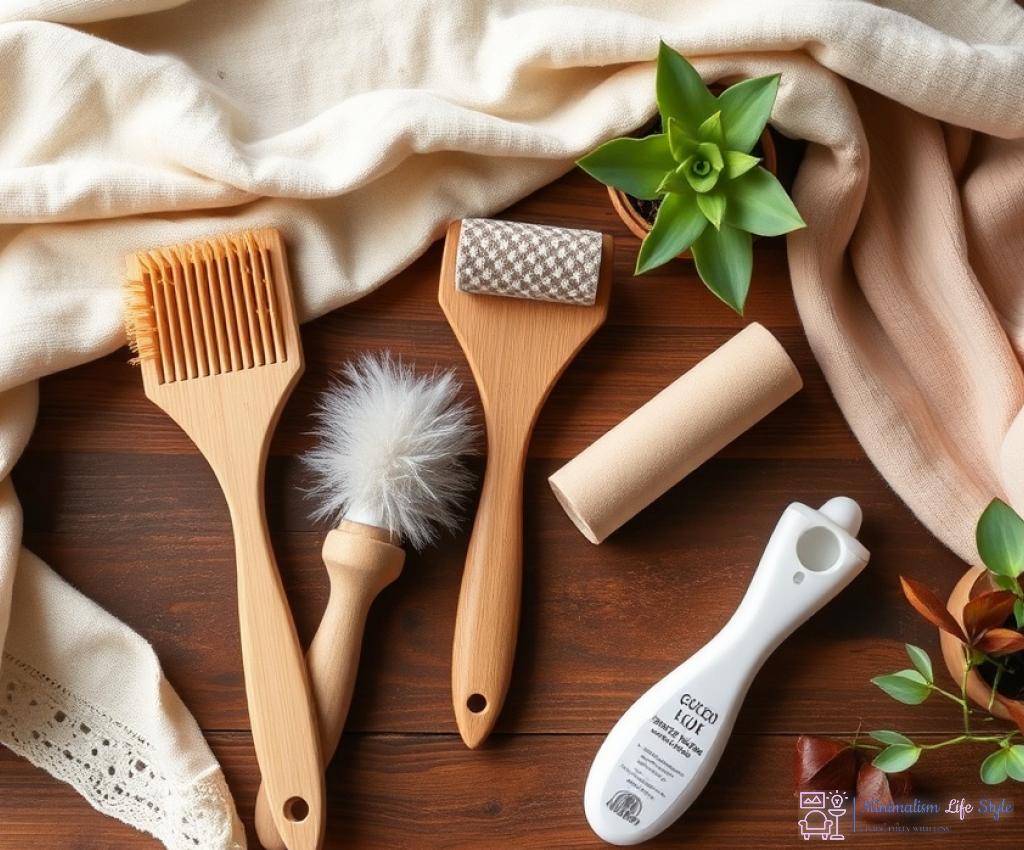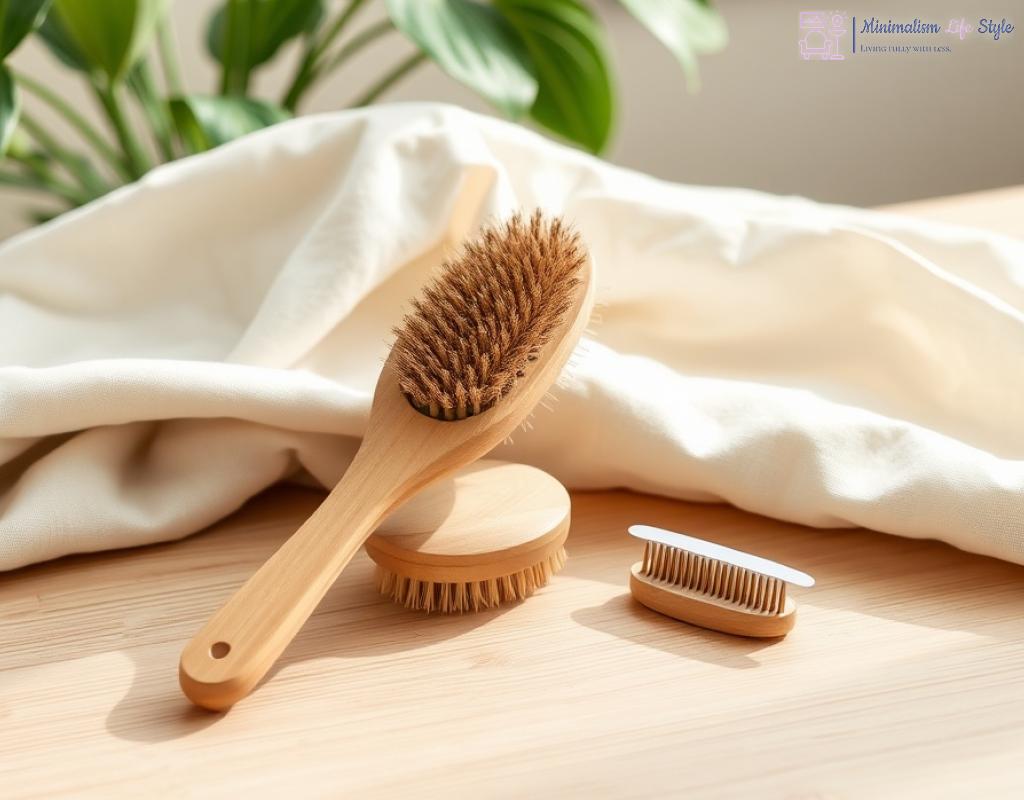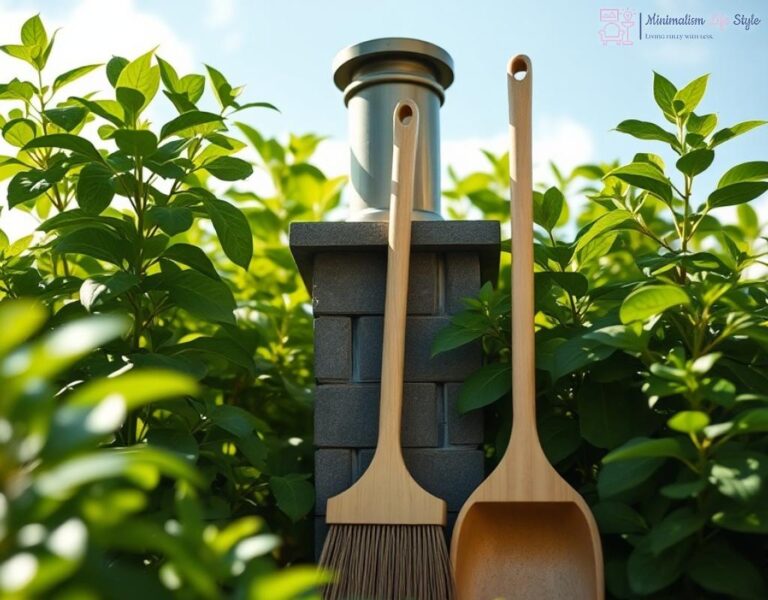The Eco-Friendly Essentials: Tools for Lint Removal

In a world increasingly conscious of sustainability, the way we care for our clothes matters more than ever. Lint removal is a crucial yet often overlooked aspect of fabric maintenance. Thankfully, there are a variety of eco-friendly tools available that not only help you keep your garments looking pristine but also align with your commitment to sustainable living. Let’s explore these essential tools that can breathe new life into your wardrobe while being kind to the planet.
When it comes to lint removal, choosing the right tools can make all the difference. The market is flooded with options, but opting for sustainable solutions can significantly reduce your environmental impact. Here are some standout tools that are both effective and eco-friendly:
- Reusable Lint Remover: Unlike disposable lint rollers that contribute to waste, reusable lint removers are designed to last. These tools typically feature a sticky surface that can be washed and reused multiple times, making them a sustainable choice.
- Fabric Shaver: A fabric shaver gently removes lint and fuzz from your garments without damaging the fabric. Look for models made from sustainable materials, which ensure durability while minimizing environmental harm.
- Handheld Brush: A natural bristle brush is a classic tool for lint removal. It’s effective on various fabrics and can be found in eco-friendly options, ensuring that you maintain your clothing without the use of harmful plastics.
To help you make an informed decision, here’s a quick comparison of the tools we discussed:
| Tool | Material | Reusability | Eco-Friendliness |
|---|---|---|---|
| Reusable Lint Remover | Sticky Surface | High | Very High |
| Fabric Shaver | Various Metals and Plastics | Moderate | Moderate to High |
| Handheld Brush | Natural Bristles | High | Very High |
By choosing tools that are built to last, you’re not just enhancing the longevity of your garments; you’re also contributing to a more sustainable future.
Natural Remedies: DIY Lint Removal Techniques
As we embrace a more sustainable lifestyle, it’s essential to explore natural remedies that can help us maintain our fabrics without relying on commercial products. DIY lint removal techniques not only reduce waste but also offer effective solutions using ingredients and tools that you likely already have at home. Let’s dive into some innovative methods that will keep your clothes looking fresh while honoring your commitment to eco-friendliness.
When it comes to tackling lint, the beauty lies in the simplicity of natural ingredients. Here are a few DIY techniques that can work wonders:
- Sticky Tape Trick: A simple roll of sticky tape can be your best friend in the battle against lint. Just wrap a piece of tape around your hand, sticky side out, and gently press it against the fabric. This method is quick, effective, and uses an item that you may already have in your home.
- Pumice Stone Power: A pumice stone can effectively remove lint and pilling from your fabrics. Gently rub the stone against the affected areas, and watch as it lifts away those stubborn fibers. Plus, it’s a natural, biodegradable option!
- Water and Vinegar Solution: Mix equal parts of water and white vinegar in a spray bottle. Lightly mist your garment and use a lint brush or a soft cloth to wipe away lint and fuzz. The vinegar helps to loosen the fibers, making it easier to remove unwanted lint.
By incorporating these natural remedies into your fabric maintenance routine, you’re not only preserving the life of your garments but also reducing your carbon footprint. These methods are perfect for the minimalist at heart, as they utilize items that are often overlooked but readily available. Embracing a minimalist approach to lint removal enhances the longevity of your clothing while promoting a sustainable lifestyle.
Sustainable Fabrics: Choosing Lint-Resistant Materials
In the quest for a more sustainable wardrobe, the choice of fabric plays a pivotal role. Opting for lint-resistant materials not only enhances the longevity of your garments but also reduces the frequency of lint removal, making your eco-friendly maintenance routine even simpler. By understanding the characteristics of various fabrics, you can make informed decisions that align with your commitment to sustainability while keeping your clothes looking immaculate.
Natural Fibers: Embracing the Best
When it comes to sustainable fabrics, natural fibers such as organic cotton, hemp, and linen lead the way. These materials are not only biodegradable but also tend to resist lint accumulation due to their unique textures. For instance, hemp is celebrated for its durability and naturally lint-resistant properties, making it an excellent choice for everyday wear. By choosing these materials, you’re investing in pieces that are less likely to require constant lint removal, ultimately contributing to a more sustainable lifestyle.
Innovative Blends: The Future of Fabrics
As the fashion industry evolves, innovative blends of materials are gaining popularity. Fabrics that combine natural and synthetic fibers often include treatments designed to minimize lint. For example, a blend of recycled polyester with organic cotton not only enhances durability but also promotes a lower environmental impact. These fabrics can offer the best of both worlds—style and sustainability—while significantly curbing lint production. When shopping, look for labels that highlight eco-conscious practices and fabric blends that prioritize both comfort and eco-friendliness.
Conscious Choices: Care and Maintenance
Choosing lint-resistant materials is just one part of the equation; how you care for these fabrics also matters. Opt for gentle washing methods and avoid harsh detergents that can degrade the fabric quality over time. Additionally, air drying your garments can prevent the wear and tear that comes from machine drying, further minimizing lint buildup. By adopting these mindful practices, you’ll not only prolong the life of your clothing but also uphold your commitment to sustainability. Ultimately, selecting the right fabrics and caring for them properly is a harmonious step towards a minimalist and eco-friendly lifestyle.
Maintenance Matters: Caring for Your Lint-Prone Garments
Every garment tells a story, and how you care for your clothes can significantly enhance that narrative. When it comes to lint-prone fabrics, mindful maintenance is crucial. Not only does proper care extend the life of your garments, but it also aligns perfectly with an eco-friendly lifestyle. Below, we explore essential strategies to keep your lint-prone clothing looking fresh and vibrant, allowing you to showcase your sustainable fashion choices.
The washing process is often where lint begins to accumulate, especially on delicate fabrics. To mitigate this, it’s essential to adopt gentle washing methods that respect the integrity of your garments. Consider the following:
- Cold Water Wash: Always opt for cold water. Hot water can not only cause fabrics to wear out faster but also lead to increased lint production.
- Mesh Laundry Bags: Use mesh bags for fragile items. This prevents them from rubbing against other garments, reducing lint transfer and pilling.
- Mild Detergents: Choose biodegradable, gentle detergents that are free from harsh chemicals. This not only protects your clothes but also minimizes harmful runoff into the environment.
The way you dry your clothes can have a significant impact on their lint levels. While the convenience of machine drying is tempting, air drying proves to be a more sustainable and fabric-friendly option. Here are some tips:
- Air Drying: Whenever possible, hang your garments to dry. This helps maintain their shape and texture while preventing lint buildup.
- Low Heat Settings: If you must use a dryer, select the lowest heat setting and remove clothes while slightly damp to reduce friction.
- Dryer Balls: For those who use dryers, consider eco-friendly dryer balls made from natural materials. They can help separate fabrics and reduce drying time without damaging the fibers.
Regular maintenance can make a world of difference in how your clothes age. By incorporating simple routines into your fabric care regimen, you can effectively combat lint and prolong the life of your garments. Here are a few proactive measures:
- Routine Lint Removal: Make it a habit to use your eco-friendly lint removal tools regularly. This simple practice prevents lint from becoming a larger issue.
- Rotate Your Wardrobe: Give your garments a break! Regularly rotating your clothing not only helps prevent wear but also allows you to keep a closer eye on lint accumulation.
- Fabric Conditioners: Consider using natural fabric conditioners that can help reduce static cling, making it easier to keep lint at bay.
Eco-Conscious Disposal: Recycling Lint and Clothing Waste
As we embrace a minimalist and eco-friendly lifestyle, it becomes increasingly important to consider not just how we maintain our clothing but also how we dispose of lint and fabric waste. Many people overlook the environmental impact of clothing disposal, yet it plays a significant role in our overall sustainability efforts. By adopting eco-conscious disposal practices, we can ensure that even the remnants of our fabric care contribute positively to the planet.
When it comes to lint, many might be surprised to learn that this seemingly insignificant material can be recycled or composted. Lint, which is primarily made of natural fibers, can be redirected from landfills through various disposal methods. By understanding the options available, we can actively participate in a circular economy that minimizes waste and promotes sustainable practices.
One of the most effective ways to dispose of lint is by turning it into valuable resources. Whether collected from your reusable lint remover or gathered during laundry, lint can serve multiple purposes. For instance, it can be composted if made from natural fibers, enriching the soil with organic matter. Additionally, lint can be utilized as a natural insulation material or even as stuffing for pet beds and crafts, giving it a second life instead of letting it go to waste. This transformation not only reduces waste but also showcases the creative possibilities inherent in recycling.
The conversation surrounding eco-conscious disposal extends beyond just lint; it encompasses our entire wardrobe. When it comes time to let go of clothing, consider donating, selling, or repurposing garments rather than discarding them. Many organizations accept gently used clothing, providing it with a new home while supporting those in need. Furthermore, second-hand shops and online marketplaces are excellent options to give your clothes a new lease on life while minimizing the demand for new production.
For items that are too worn or damaged to be resold, look for textile recycling programs in your area. These initiatives can turn unwanted garments into new materials, preventing them from ending up in landfills. By participating in such programs, you contribute to a more sustainable fashion cycle, reducing overall waste and supporting eco-friendly manufacturing practices.




